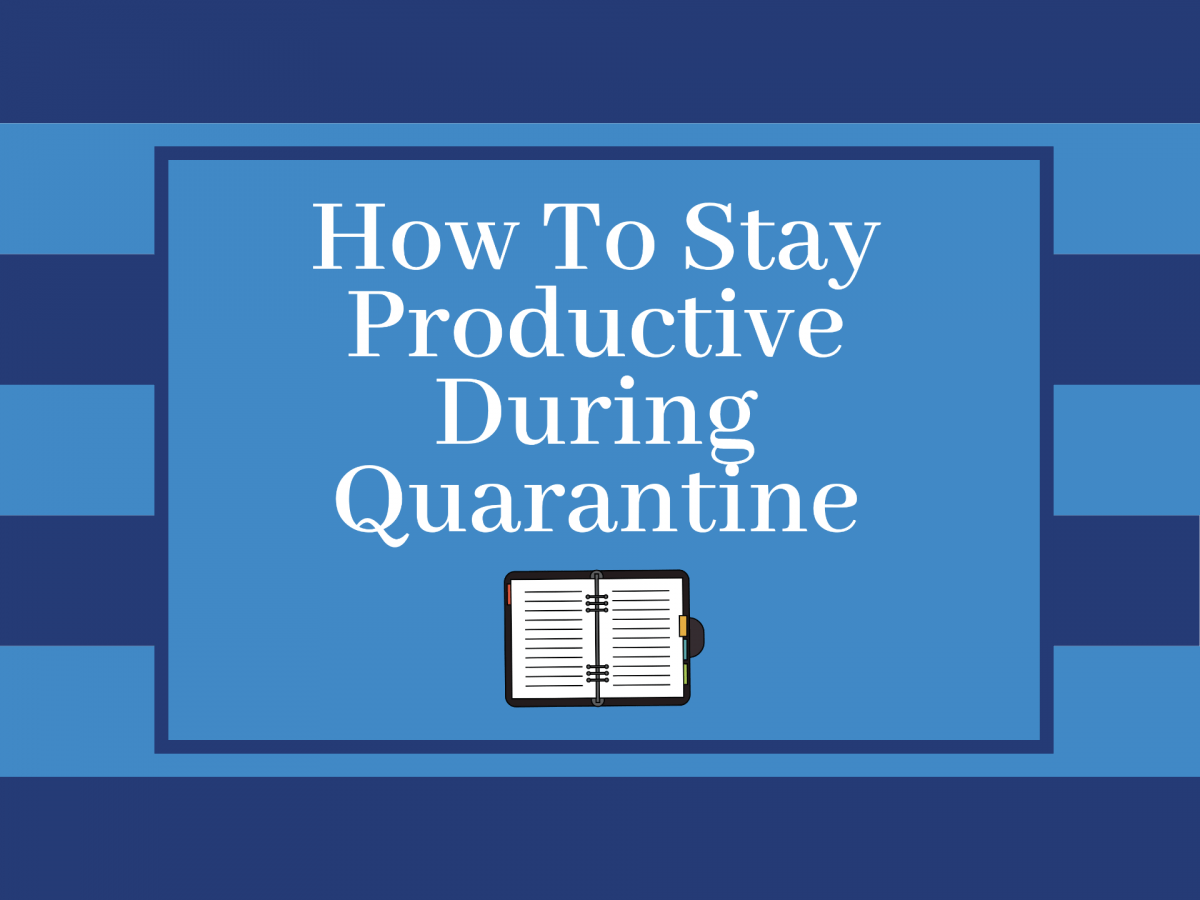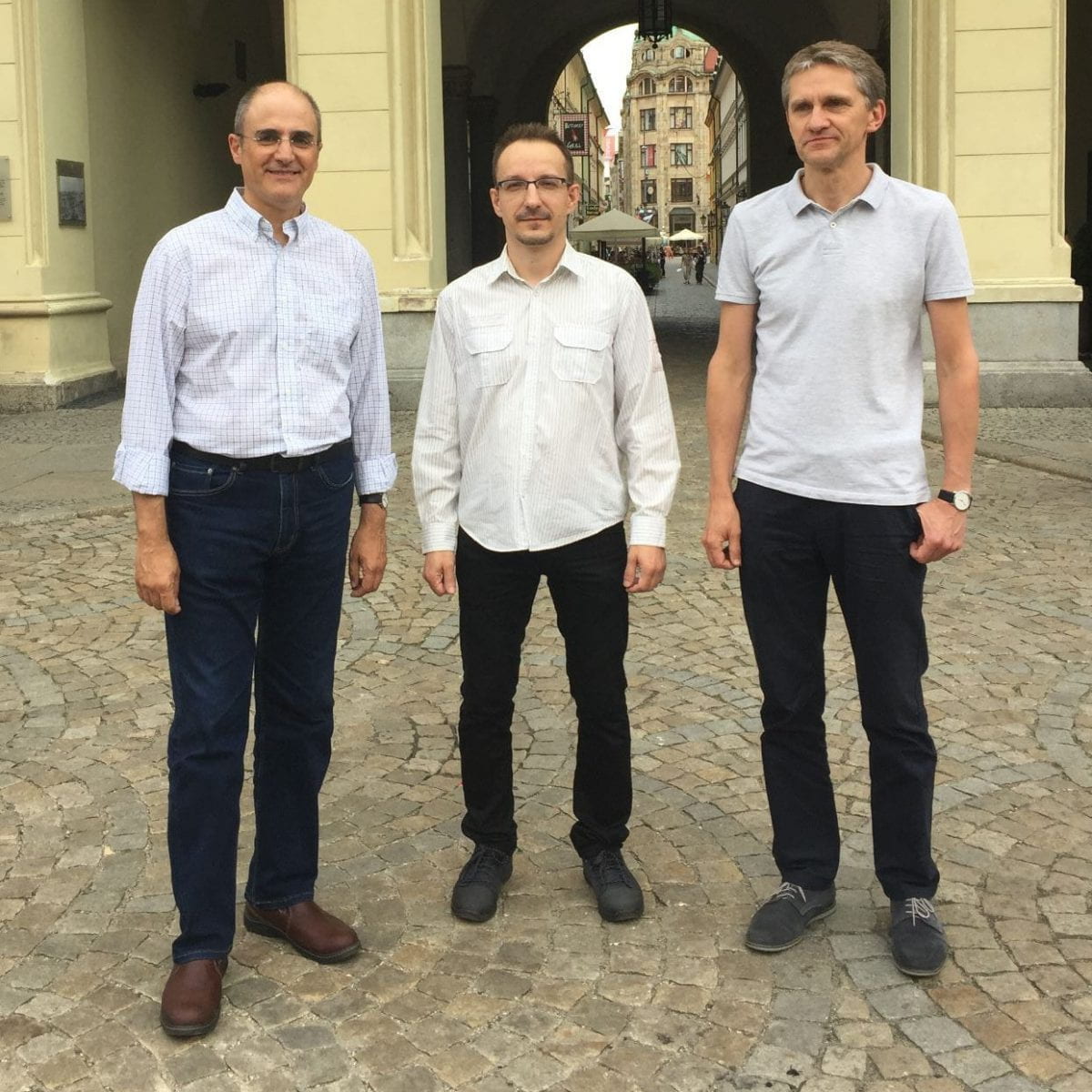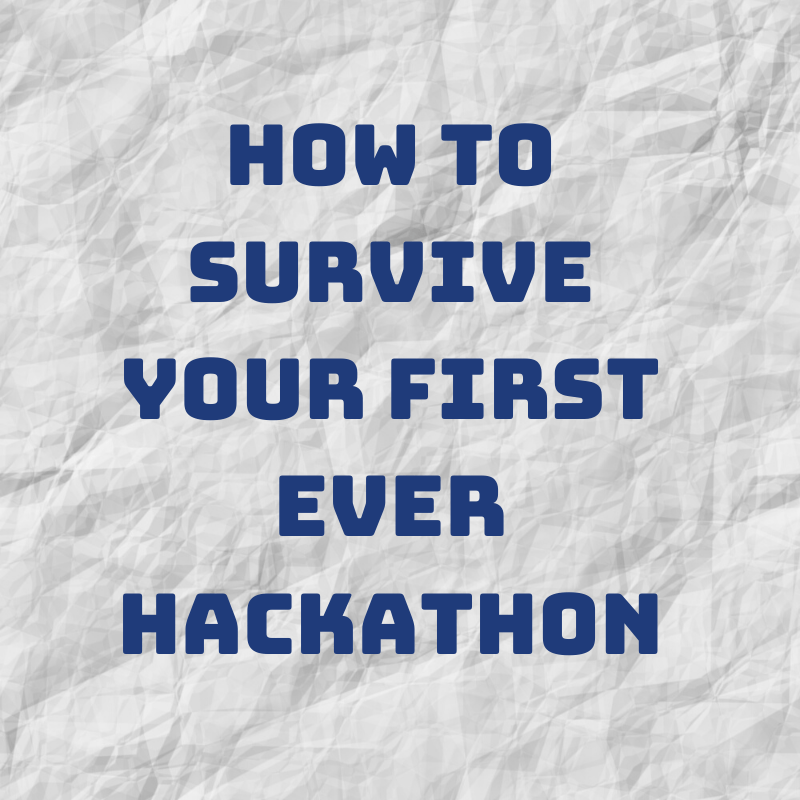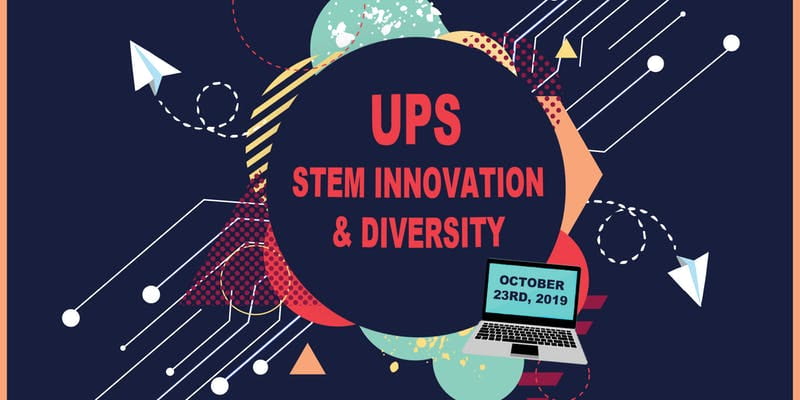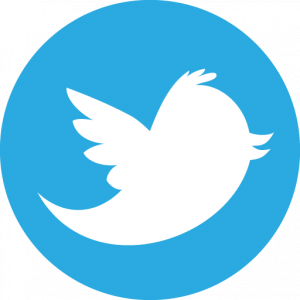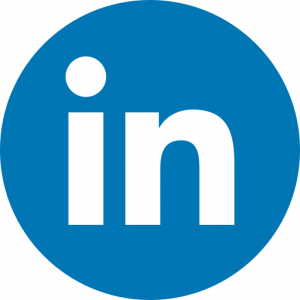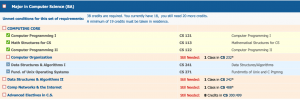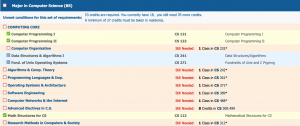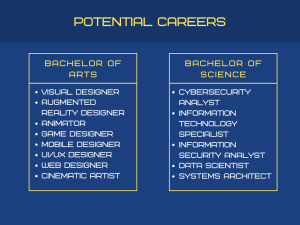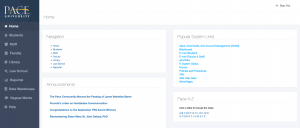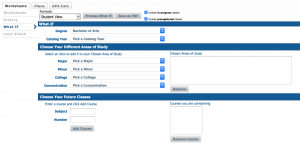On Saturday, February 29th, 2020, Pace University’s Women in Tech club held its first-ever hackathon, Sunflower Hack, on the New York City campus. This would be the second hackathon I attended as a sophomore at Pace. Unfortunately, despite anticipating the event throughout the week, when I arrived I was exhausted from completing an assignment the night before. At that moment, I feared that my lack of energy would prevent me from enjoying a day I’d been eagerly awaiting. However, it wasn’t long before I realized that wouldn’t be the case. Luckily for me, I was fortunate enough to find an amazing group of smart and talented women who uplifted my spirits significantly. What started off as a presumably bad day ended up being quite the opposite. At the end of the hackathon, I left having won best theme hack alongside my newly-found team of Women in Tech members Nia Davis, Muirrin O’Connell, and Abbi Keppler.
During the week of the hackathon, I was so occupied with school, work, and family that it wasn’t until I got there that I realized I forgot one major thing: a team. While a majority of the participants were meeting up with their groups and strategizing, I was scanning the room for potential teammates. Following the opening remarks and an inspirational speech from Pace alumna Olga Bogomolova, I was finally able to start assembling a team. Although initially daunting, the process was actually a lot easier than I thought. Within five minutes I found an amazing team and we jumped straight into business.
After going through multiple ideas, we eventually decided on one that Abbi proposed and immediately got started. Our plan was to create an app called Cultivate that would help promote and encourage productivity in our target audience. Given that there are many apps that provide a similar service, we realized that in order to make ours unique, we needed to offer a noteworthy incentive for our users, something that we knew most people would enjoy. That’s why we agreed on making that incentive plants and animals. By completing tasks and staying productive, the user would then gain points towards buying new gear or upgrading their ideal plant or pet. Since the fundamental purpose of the app was decided on, we began to discuss potential features that could be useful to the app’s development. One such feature that we decided on including was a function that would allow users to sync their app calendar to the calendar on their mobile device, thus making it much easier to keep everything in one place. We also concluded that the app should have a feature that categorizes tasks by levels of priority so users can focus on completing their most important tasks first. During this brainstorming process, it was easy to think of even more useful functions, however, we decided that given the time that we had, it would be smarter to focus on implementing all the necessary features first. Anything else that we were unable to add could always be addressed towards the end of our presentation.
Later, after eight hours of hacking, it was finally time for the presentations. Seeing everyone’s ideas was probably one of my favorite parts about the hackathon because it highlighted the ingenuity of each individual group. In the beginning, we were all tasked with creating a hack centered around the singular theme of authenticity, yet in the end, we all interpreted that concept in multiple ways. Some of us came up with ideas centered around food services and self-help, while others created hacks to help with medical analysis and the early detection of natural disasters.
When it came time for the judges to announce the winners, I had no idea that we’d win one of the prizes. I was just so content with having been able to participate that it didn’t register that we were called until moments afterward. As we went up to receive our grand prize (which by that I mean our portable drives), I realized that it wasn’t just the prize that excited me. I was excited because winning was the last thing on my mind, yet it was definitely the cherry on top of an already amazing day. That night, on the train back home, I left feeling so grateful for the experience I had, along with the reward that came with it. Going to a hackathon is an immensely invaluable experience that I’d encourage anyone to partake in if they can.



